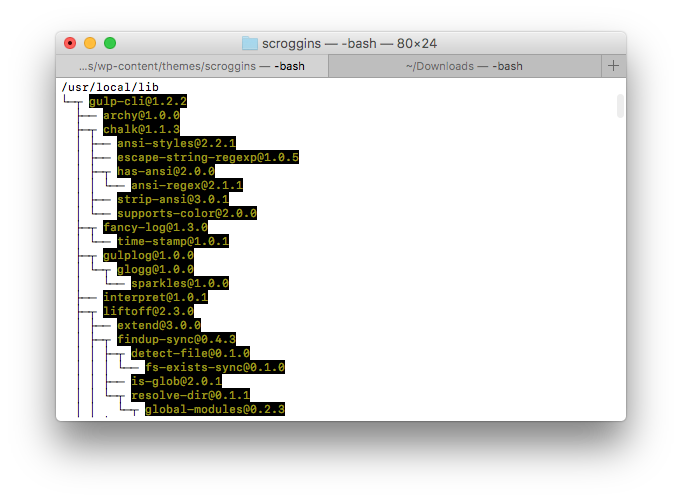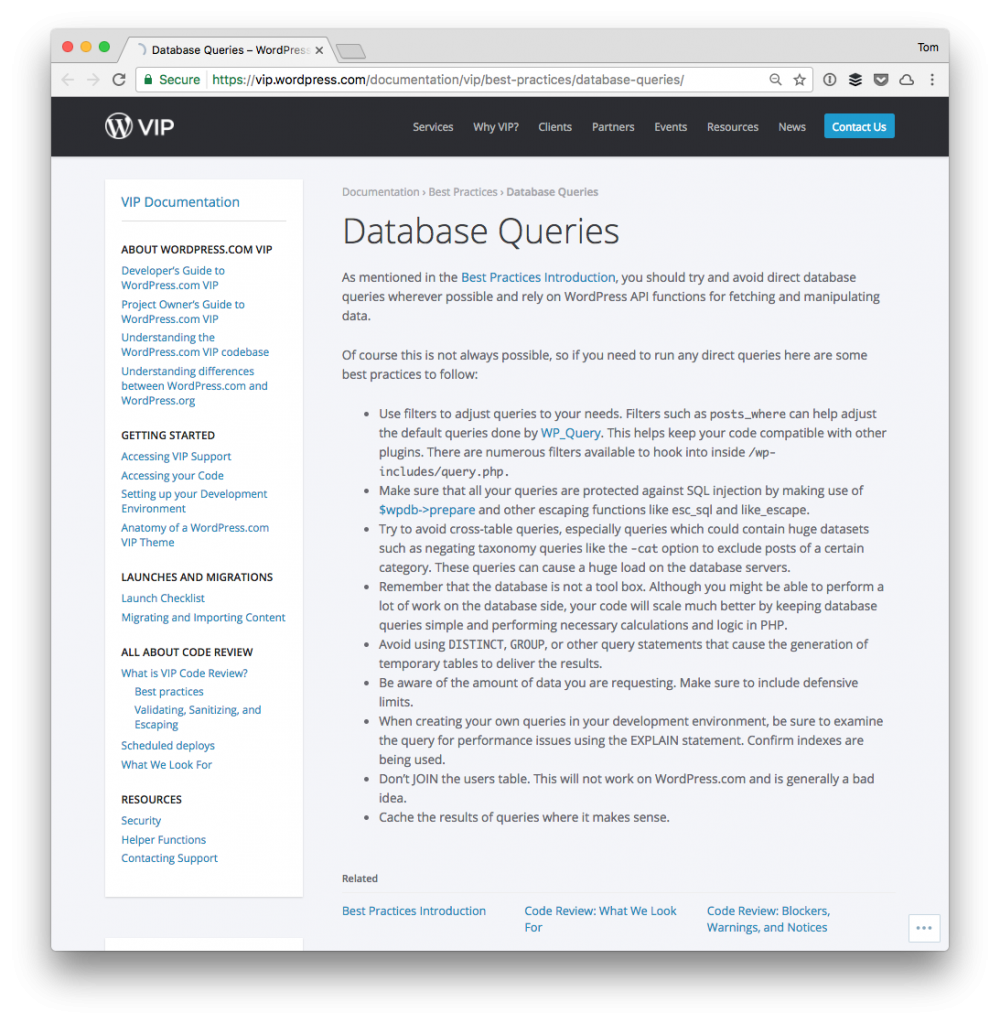Earlier this week, I was talking with a friend and fellow developer about how I handle sessions in WordPress. Specifically, we were talking about how we take PHP Sessions and WordPress and make them work together (or how we adapt the former into the latter).
This is occasionally a point of interest for WordPress developers since WordPress, as an application, is stateless.
The neat thing, though, is that it gives us a variety of ways to approach this problem. But we’re not the first (and we definitely won’t be the last) to come across this problem.



